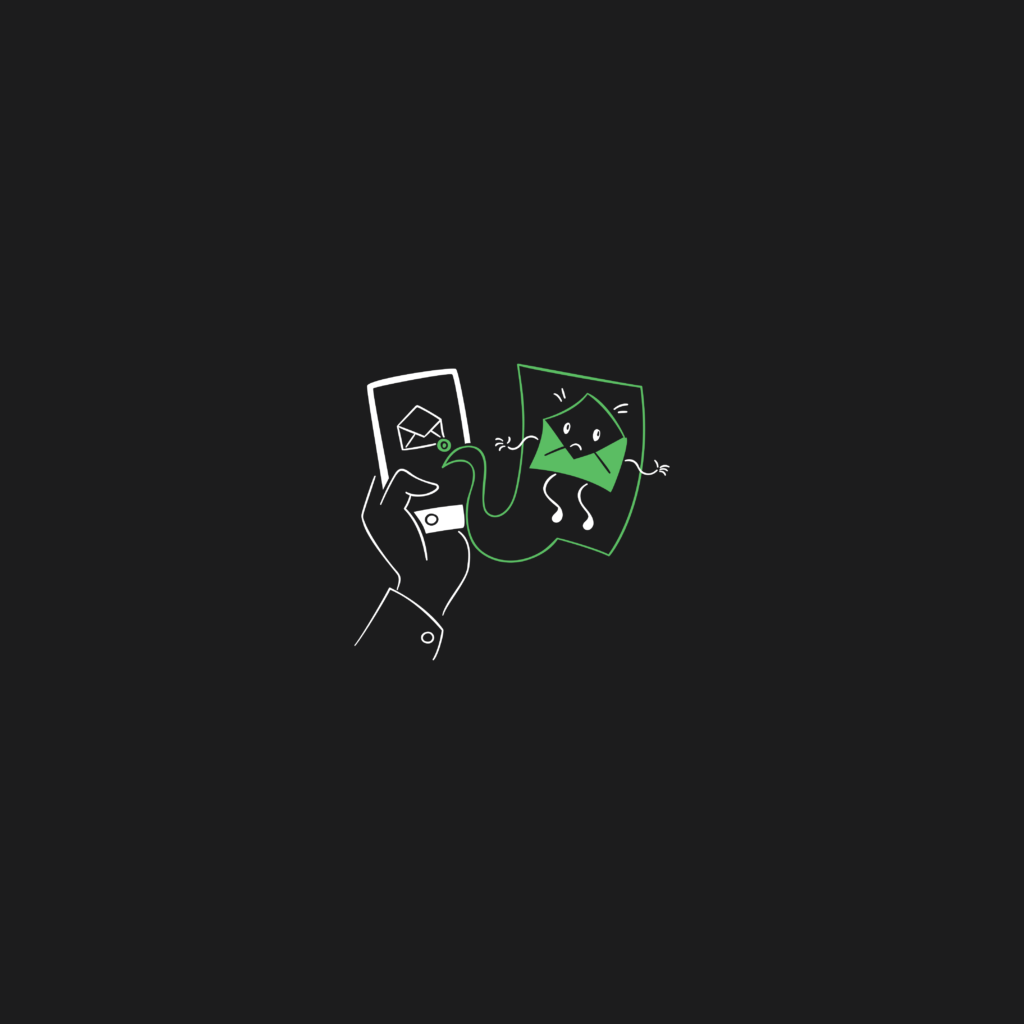The Future of Design: Navigating Emerging Trends and Technologies

Design is a dynamic field that continuously evolves, embracing new technologies and responding to changing societal needs. As we stand on the cusp of a new era, it’s essential to explore the future of design, including emerging trends and technologies that are reshaping the industry. In this article, we’ll delve into the exciting possibilities that lie ahead in the world of design.
1. Sustainable Design and Environmental Consciousness
The future of design is inherently linked to sustainability and environmental consciousness. Designers are increasingly incorporating eco-friendly materials, energy-efficient solutions, and sustainable practices into their work. From sustainable architecture to eco-conscious product design, sustainability will play a central role in shaping the future of design.
2. Inclusive and Accessible Design
Inclusivity and accessibility are not mere trends but enduring principles that will shape the future of design. Designers are recognizing the importance of creating products and environments that cater to diverse populations, including people with disabilities. Inclusive design ensures that everyone can access and benefit from the products and services being offered.
3. Artificial Intelligence (AI) and Machine Learning
AI and machine learning are transforming the design landscape. These technologies can automate repetitive tasks, assist in data analysis, and even generate design variations. Designers are using AI-powered tools to enhance creativity, streamline workflows, and provide personalized user experiences.
4. Augmented and Virtual Reality (AR/VR)
AR and VR are revolutionizing design by offering immersive experiences. From architectural visualization to virtual product showrooms, these technologies allow designers to create interactive and engaging environments. AR and VR are poised to play a significant role in industries such as gaming, architecture, education, and healthcare.
5. Data-Driven Design
Data-driven design leverages user data and insights to inform design decisions. By analyzing user behavior and preferences, designers can create more user-centric products and interfaces. A/B testing, user analytics, and heatmaps are some of the tools helping designers make informed choices.
6. 3D Printing and Additive Manufacturing
3D printing is expanding the possibilities of design by enabling the creation of complex and customized objects. From healthcare (custom prosthetics) to aerospace (lightweight components), 3D printing is driving innovation across various sectors.
7. Minimalism and User-Centered Design
Minimalism remains a powerful design trend, emphasizing simplicity, clarity, and user-centeredness. Designers are focused on creating clean and intuitive interfaces that prioritize user experience. This approach resonates with the ever-increasing demand for user-friendly products and services.
8. Human-AI Collaboration
The future of design may involve human-AI collaboration, where AI tools assist designers in generating ideas, optimizing designs, and automating repetitive tasks. This collaboration can lead to more efficient workflows and innovative solutions.
9. Personalization and Customer Experience
Design is increasingly tailored to individual preferences and needs. Personalization in design involves creating experiences and products that cater to the unique requirements of each user, whether it’s personalized marketing content or adaptive user interfaces.
10. Ethical and Social Responsibility in Design
As technology’s impact on society becomes more pronounced, designers bear a greater responsibility. Ethical design principles will become increasingly important, emphasizing transparency, privacy, and the social consequences of design choices.
Embracing Change: The Designer’s Role in Shaping the Future
Designers have a pivotal role in shaping the future of design. To thrive in this evolving landscape, designers must:
- Stay Informed: Keep up with emerging technologies, design trends, and industry developments.
- Embrace Lifelong Learning: Be open to acquiring new skills and adapting to changing tools and methodologies.
- Collaborate: Collaborate with multidisciplinary teams to bring diverse perspectives into the design process.
- Advocate for User-Centered Design: Prioritize user needs, accessibility, and inclusivity in design projects.
- Advocate for Sustainability: Champion sustainable design practices and eco-conscious solutions.
The future of design is bright and filled with opportunities for innovation and positive impact. By staying at the forefront of design trends and technologies, designers can play a vital role in shaping a future where design not only meets but exceeds the needs and aspirations of humanity.





Responses